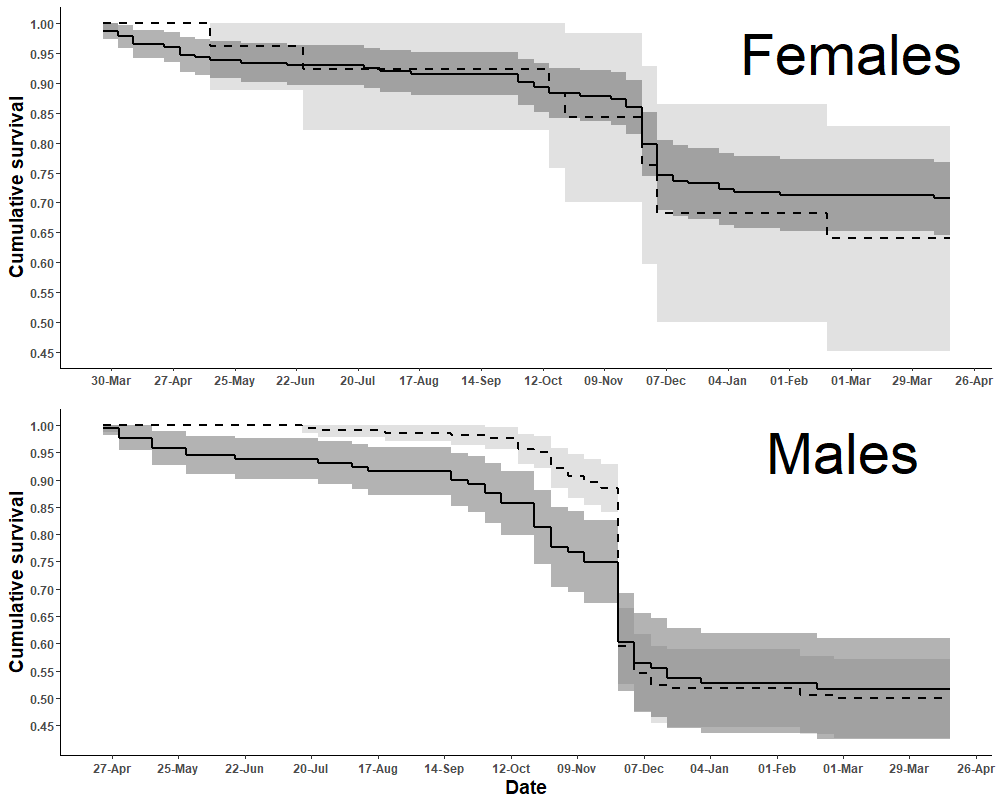As we live through the reality of COVID winter, we know the safest place is home. We know who lives there. We know where the food is. We know the bottom step of the stairs is loose so take care when climbing up or down. Home is familiar. Home is stable. Home is secure.
To venture out into the world is a risk. The risk at the forefront of everyone’s mind is, of course, COVID-19 but the risk of leaving home was there before the pandemic. We face strangers, traffic, unfamiliar grocery stores, and uneven sidewalks every time we leave the house. Leaving home can be scary and dangerous.
A notable segment of the white-tailed deer population leaves home every year to face the unknown. Like Westley in the Princess Bride, many yearling deer set out to seek their fortune. About 75% of yearling males disperse and 12% of yearling females disperse in Pennsylvania. It is often assumed that many that embark on these epic journeys also share Westley’s fate – murdered by the Dread Pirate Roberts. Well, they probably aren’t murdered by pirates, but you get the point.
Yearlings encounter unfamiliar landscapes and roads and ring up an energy expenditure bill without knowing if they will be able to pay it.
Take this daring doe for example. She took 55 days to disperse, traveled 146 miles, and ended up establishing an adult home range only 17 miles from her birthplace. Check out the obstacles she encountered on her journey. She crossed I-80 twice!
Surely survival is lower for these explorers compared to those who remain at home.
The oodles of data in Pennsylvania allowed Eric Long (former graduate student at the Coop Unit) and colleagues to answer this question: Does natal dispersal decrease survival?
After analyzing data from 398 juvenile males and 277 juvenile females, the answer is no! Survival rates of dispersers did not differ from that of non-dispersers.

I was surprised to hear this but then Duane pointed out that if this is truly a high risk behavior with lower survival for those that participate, then why would it be so pervasive in the population? Yes, why would it? Particularly for yearling males – 75% of those set out to seek their fortune.
But just like Westley, turns out they aren’t murdered by pirates either! The high seas aren’t that dangerous after all. Yearling male dispersal is characterized as quick (often <12 hours), direct (no wandering, they pick a direction and go) and relatively short (median distance is just over 3.6 miles). Strategies that make leaving home less risky.
I guess the same can be said of us right. To stay safe, make your travels quick, direct, and short – and remember to wear your mask and wash your hands.
-Jeannine Fleegle
Wildlife Biologist
PGC Deer and Elk Section
